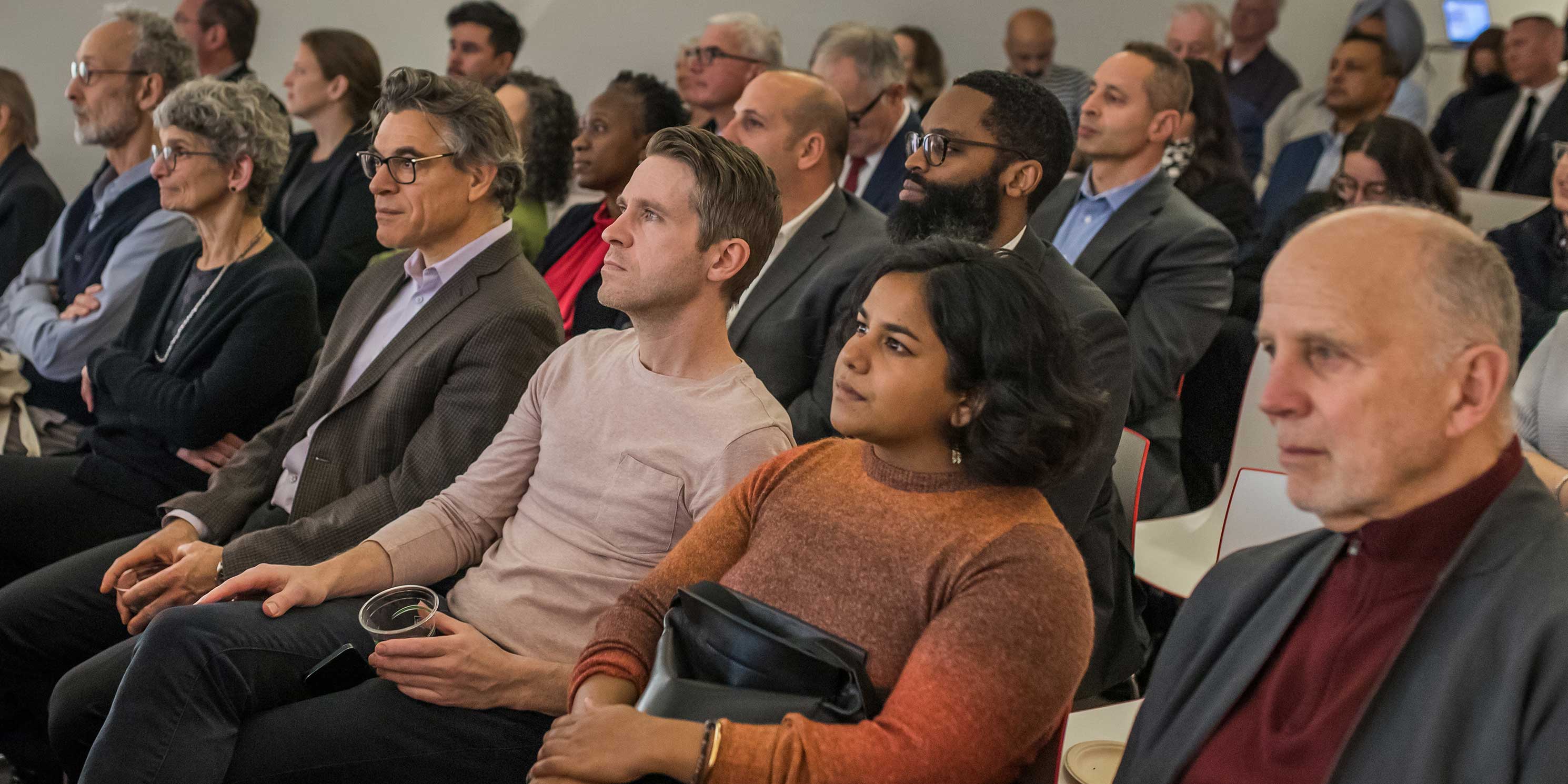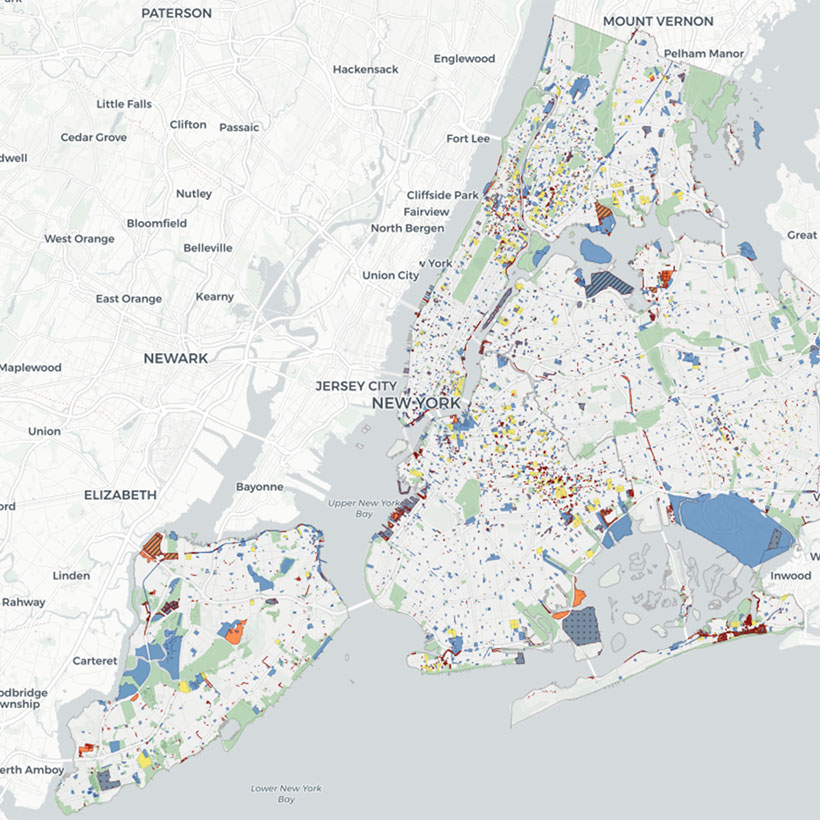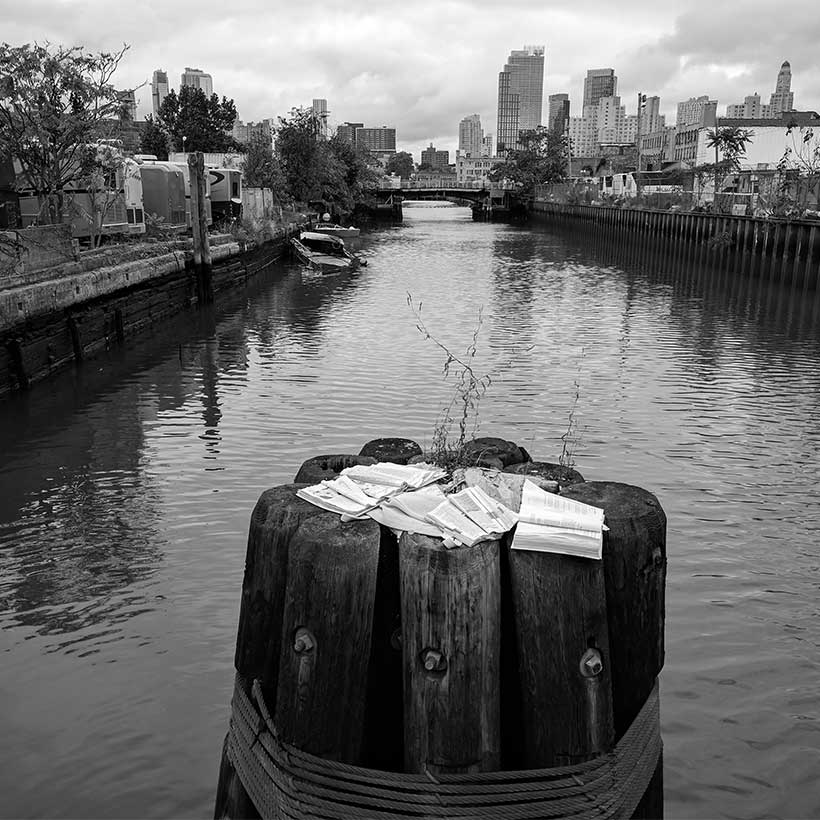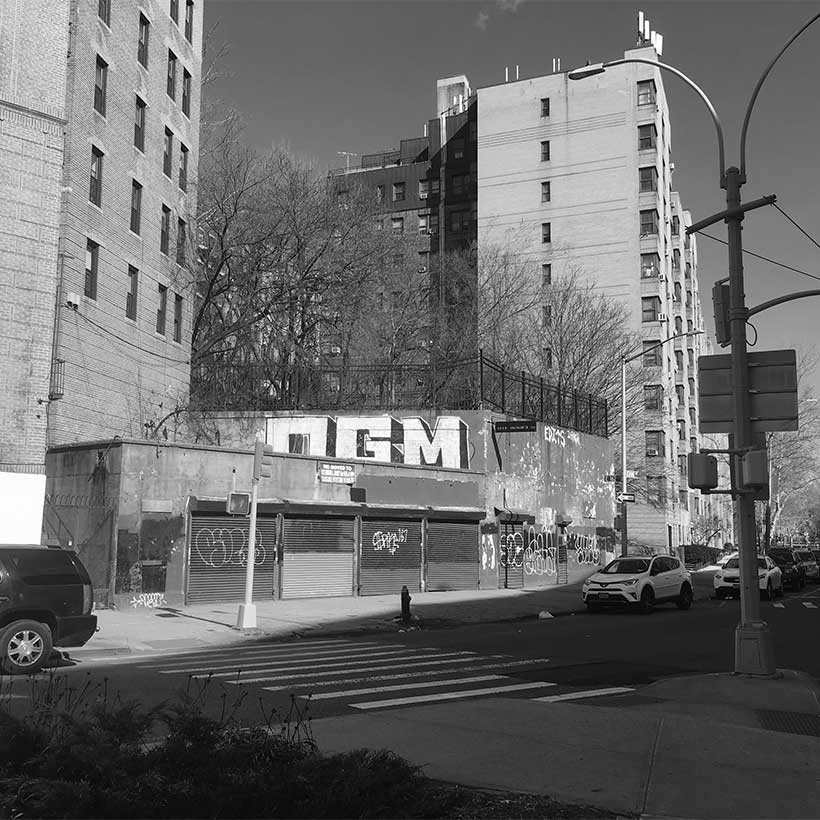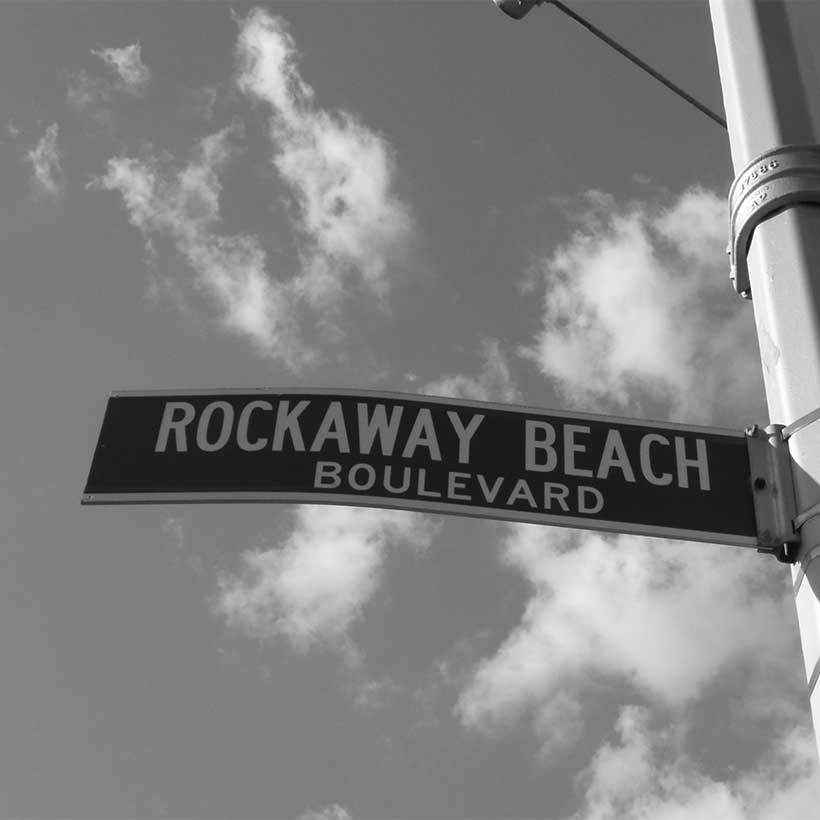Gowanus Rezoning Needs a More Carefully Crafted Plan
MAS Testimony to the Department of City Planning
The Municipal Art Society of New York (MAS) has long worked to preserve Brooklyn’s industrial character and has been extensively involved in the Gowanus rezoning since the City’s original proposal in 2008. MAS believes that the Gowanus Neighborhood Rezoning presents a critically important opportunity for sound planning. The rich historical character, ecological complexity, and changing socioeconomic landscape of the Gowanus neighborhood warrant a plan that reflects the needs of diverse stakeholders, including long-time and future residents. Although the proposal has many worthy objectives, such as introducing a significant amount of affordable housing and promoting job growth, we have serious questions as to whether the current plan will best achieve these goals while maintaining the area’s industrial and residential character.
Download Testimony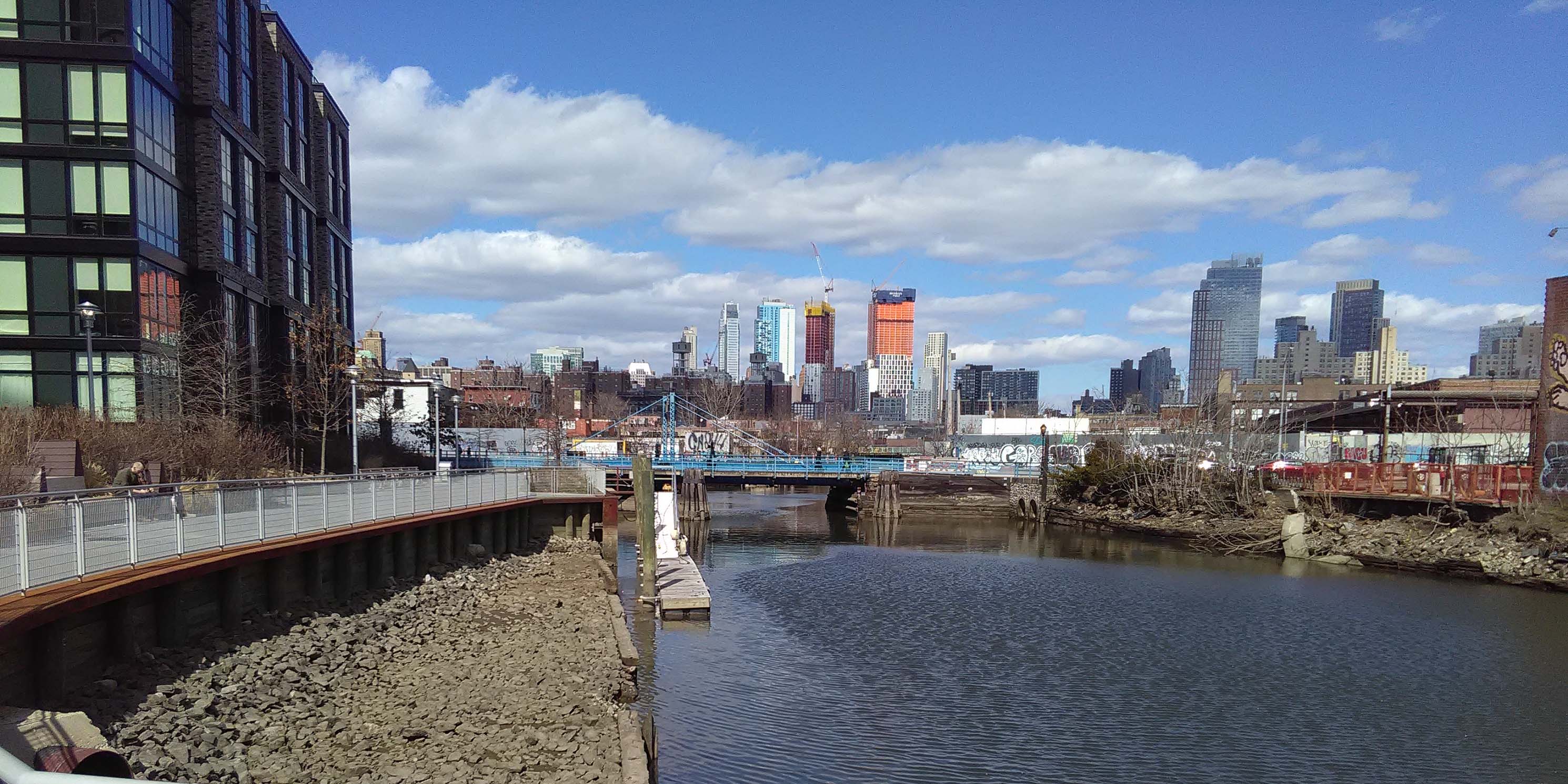
With development pressures mounting, extensive efforts have been undertaken by the community to envision the future of Gowanus. Bridging Gowanus, the Gowanus Lowlands Master Plan, and other planning and preservation efforts provide an unprecedented blueprint for the City to devise a truly responsive and place-based rezoning proposal. Although the rezoning reflects some of these community recommendations, it must go much further to incorporate the creative ideas of local stakeholders. In addition to the need for visionary solutions, community groups are actively working to address critical concerns and inherent challenges, many of which we share. Here we highlight several we consider to be the most pressing.
Too often, mixed-use zoning results in a loss of industrial businesses, as the market tends to favor high-end residential and commercial uses. For example, we have seen this with the rezonings of Long Island City and the Greenpoint-Williamsburg waterfront. To avoid repeating this trend, the Gowanus rezoning must include a thorough set of mandates and incentives to preserve and grow designated, affordable industrial space. A commitment to protecting the Southwest Brooklyn Industrial Business Zone should also be formalized in conjunction with the rezoning effort.
In addition, MAS finds the proposed density of development along the canal to be problematic for several reasons. First, potential building heights of up to 30 stories may create an imposing canyon experience for pedestrians along the narrow Gowanus Canal — the neighborhood’s primary feature. On an infrastructural level, the already overburdened sewer sheds in the Gowanus neighborhood may not have the capacity to handle the added demand from the volume of new residents. We find this to be extremely shortsighted because land use, infrastructure, and ecological planning in Gowanus are inextricably connected. Relatedly, because the rezoning and Gowanus Canal Superfund Site cleanup processes are intertwined, we expect much improved transparency from the City on the coordination efforts and timelines for respective project benchmarks.
In an area where the socioeconomic divide is rapidly widening, we cannot judge a plan solely on the number of affordable units that will be introduced. The rezoning proposal must be sensitive to the conditions that allow residents to remain and thrive in their neighborhood, such as affordable retail and services, MIH options that reflect the existing income distribution, and jobs and wages that support the local workforce. Most importantly, any discussion about neighborhood affordability must include NYCHA residents in the Gowanus Houses, Wyckoff Gardens, and at 572 Warren Street, and must fully address their needs.
Finally, during our historic resource survey, MAS identified 78 Gowanus buildings as contributing to a National Register district. The rezoning proposal must include a plan to preserve the historic industrial landscape of the buildings and bridges surrounding the canal, as well as the canal itself.
Sound planning for Gowanus means recognizing the interconnectedness of its history, ecology, people, and potential. With that in mind, we insist that both the rezoning proposal and environmental review process remain flexible and responsive to the complexity of the issues raised, and ongoing feedback of the community.
We will be submitting extensive written comments on this proposal.
